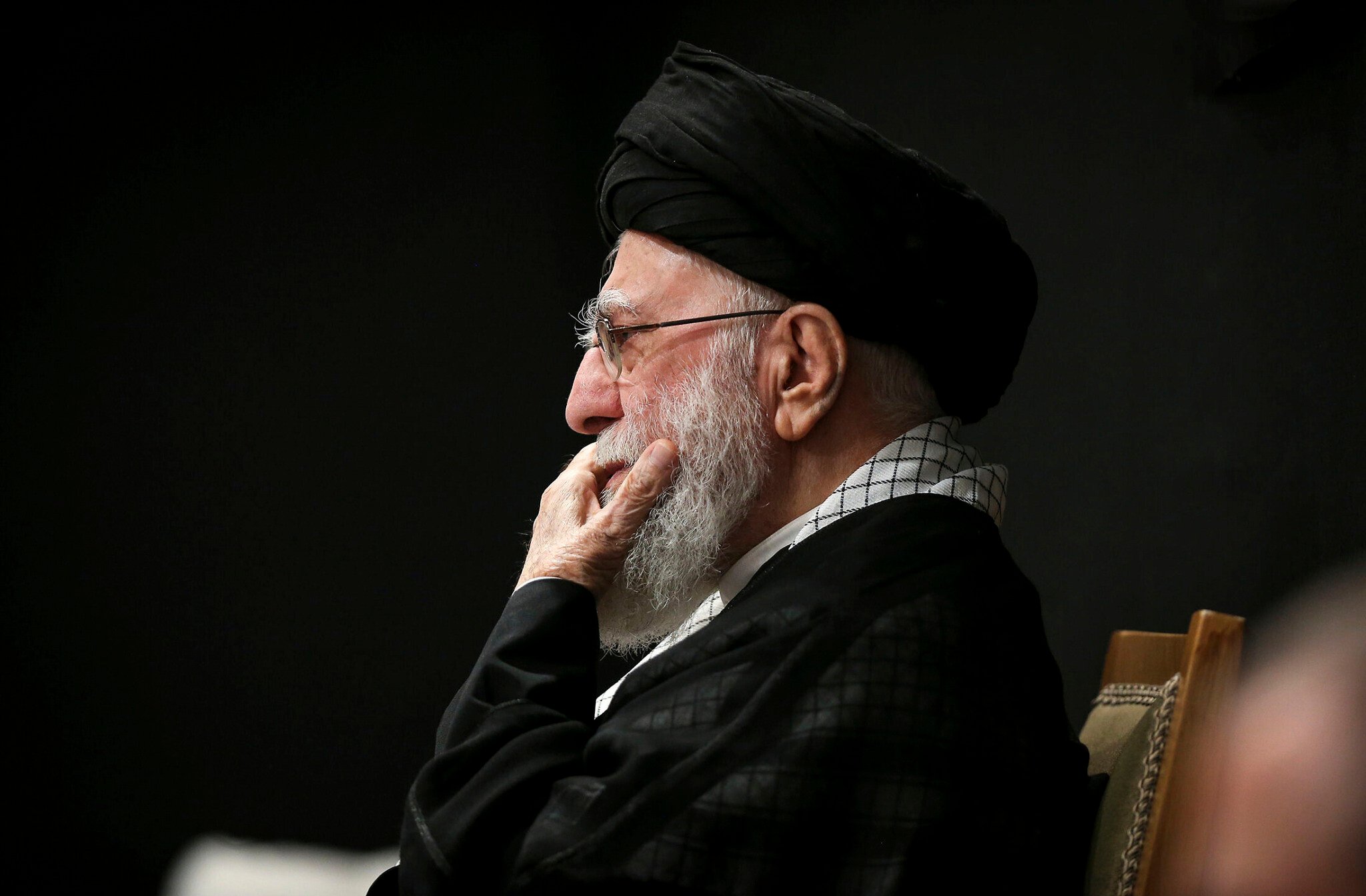



Iran’s Supreme Leader Ayatollah Ali Khamenei on Saturday made his first public appearance since the 12-day war between Israel and Iran began last month, attending a mourning ceremony on the eve of Ashoura.
Khamenei’s absence during the war suggested that there was heavy security for the Iranian leader, who has the final say on all state matters.
State TV in Iran showed the 86-year-old leader waving and nodding to the chanting crowd, which rose to its feet as he entered and sat at a mosque next to his office and residence in the capital, Tehran.
There was no immediate report on any public statement made. Iranian officials such as the Parliament speaker were present. Such events are always held under heavy security.
Khamenei had reportedly sheltered in a bunker for the duration of the war, and after, for fear of being assassinated. He had instead issued pre-taped messages, and state television had aired his pre-recorded remarks.
His last public appearance before the outbreak of war on June 13 was two days before that, when he met with members of parliament.
After the US directly inserted itself into the war by bombing three key nuclear sites on June 22, US President Donald Trump sent warnings via social media to Khamenei that Washington knew where he was but had no plans to kill him, “at least for now.”
On June 26, shortly after a ceasefire began, Khamenei made his first public statement in days, saying in a pre-recorded statement that Tehran had delivered a “slap to America’s face” by striking a US air base in Qatar, and warning against further attacks by the US or Israel on Iran.
Trump replied, in remarks to reporters and on social media: “Look, you’re a man of great faith. A man who’s highly respected in his country. You have to tell the truth. You got beat to hell.”
Iran has acknowledged the deaths of more than 900 people in the war, as well as thousands of injured. It also has confirmed serious damage to its nuclear facilities and has denied access to them for inspectors with the UN’s International Atomic Energy Agency.
Iran’s president on Wednesday ordered the country to suspend its cooperation with the nuclear watchdog, further limiting inspectors’ ability to track a program that had been enriching uranium to near weapons-grade levels.
It remains unclear just how badly damaged the nuclear facilities are in the wake of the intense Israeli and US airstrikes, whether any enriched uranium or centrifuges had been moved before the attacks, and whether Tehran still would be willing to continue negotiations with the United States over its nuclear program, which were suspended when Israel launched its surprise attack.
Israel primarily targeted Iran’s nuclear program during the war, but also struck the Islamic Republic’s missile program, air defense systems, high-ranking officials from the military and the Islamic Revolutionary Gard Corps, and atomic scientists.
In retaliation, Iran fired more than 550 ballistic missiles at Israel, most of them intercepted, killing 28 people and causing damage in many areas.
The ceremony that Khamenei hosted Saturday was a remembrance of the 7th-century martyrdom of the Prophet Muhammad’s grandson, Hussein.
Shiites represent over 10% of the world’s 1.8 billion Muslims, and they view Hussein as the rightful successor to the Prophet Muhammad. Hussein’s death in battle at the hands of Sunnis at Karbala, south of Baghdad, created a rift in Islam and continues to play a key role in shaping Shiite identity.
In predominantly Shiite Iran, red flags represented Hussein’s blood and black funeral tents and clothes represented mourning. Processions of chest-beating and self-flagellating men demonstrated fervor. Some sprayed water over the mourners in the intense heat.

